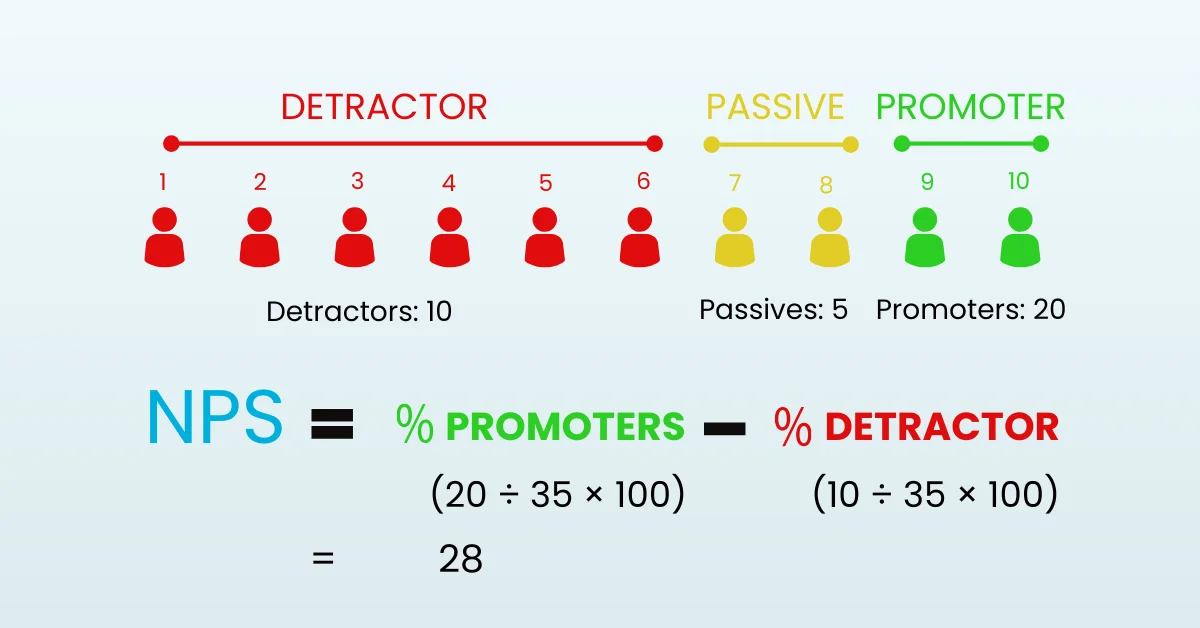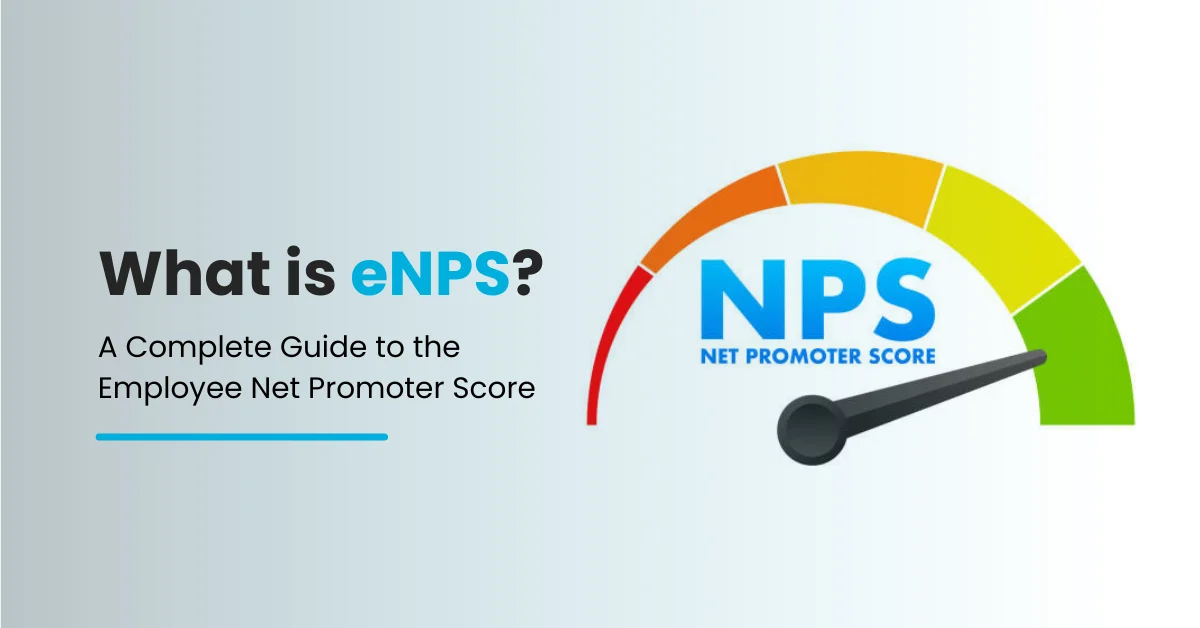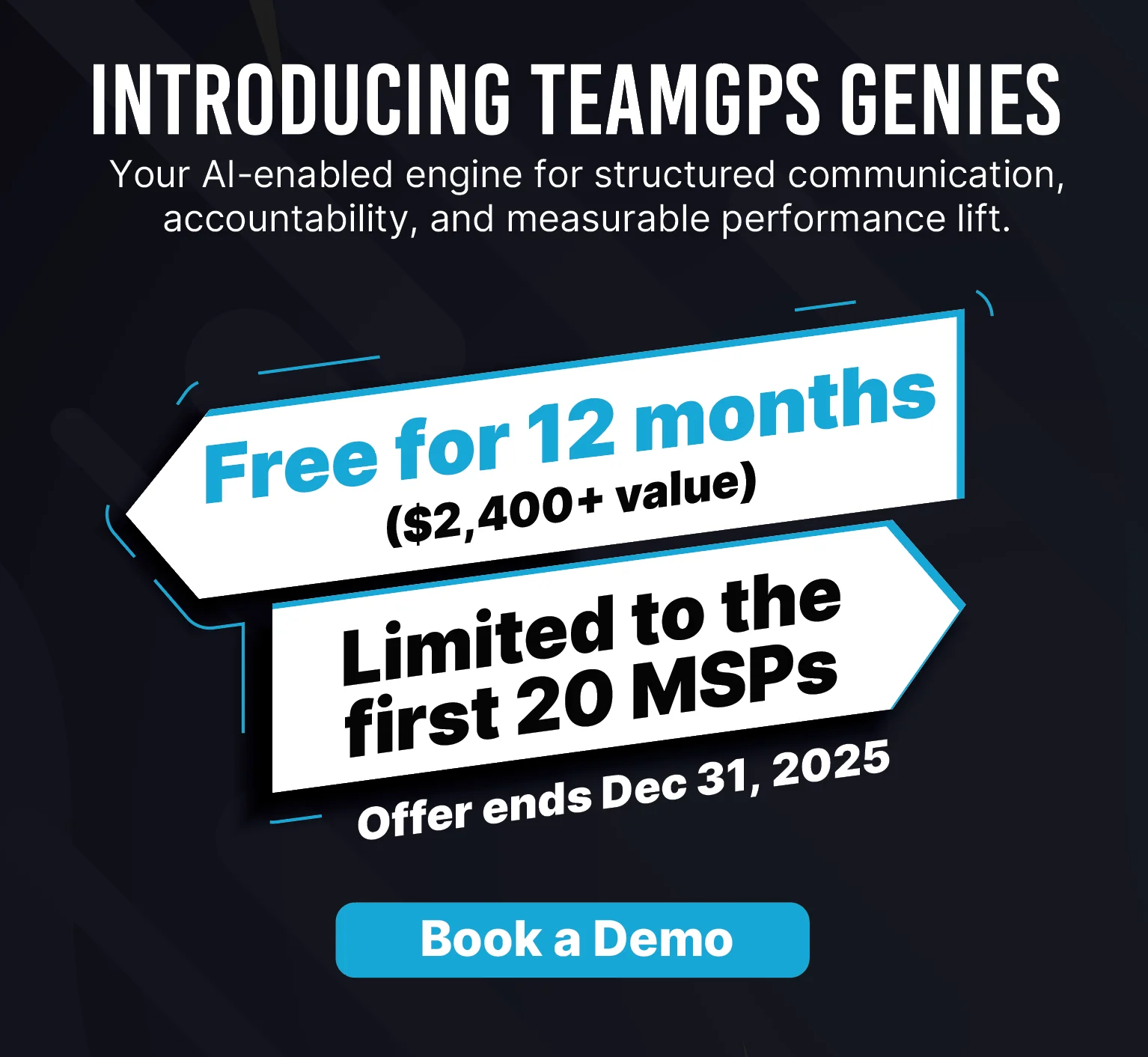Employee retention has become a strategic priority for Managed Service Providers (MSPs) as competition for technical talent intensifies. Amidst growing technician burnout, rising turnover, and increasing client expectations, the ability to measure internal team sentiment can be a game-changer. That is where eNPS, or Employee Net Promoter Score, comes into play. This metric offers a simple yet insightful way for MSP leaders to understand how employees truly feel about their workplace.
In this guide, we will explore what eNPS is, why it matters specifically for MSPs, how to measure it, and what actions to take based on the results.
What is eNPS (Employee Net Promoter Score)?
eNPS stands for Employee Net Promoter Score. It is a tool used to measure employee satisfaction and loyalty within an organization. Based on a single question — “How likely are you to recommend this company as a place to work?” — the responses help organizations gauge internal sentiment.
The scale works as follows:
- Promoters (score 9–10): Loyal team members likely to refer others and remain committed to the company.
- Passives (score 7–8): Generally satisfied but not enthusiastic enough to recommend the company.
- Detractors (score 0–6): Unhappy employees who may contribute to negative workplace culture or attrition.
The eNPS score is calculated by subtracting the percentage of Detractors from the percentage of Promoters.
eNPS = % of Promoters – % of Detractors
Why eNPS Matters for MSPs
MSPs often operate with lean teams that manage multiple client environments. Entry-level roles such as Tier 1 and Tier 2 engineers experience high stress and little recognition, leading to high turnover. Losing skilled engineers not only disrupts client service but also adds recruitment and training costs.
eNPS as a Leading Indicator
Unlike exit interviews or performance reviews, eNPS can act as an early warning signal. A low eNPS indicates disconnection or dissatisfaction, giving leadership the opportunity to address issues before resignations occur.
Link between team happiness and client satisfaction
An engaged team is more likely to resolve tickets efficiently, communicate clearly with clients, and show initiative in problem-solving. Measuring eNPS gives MSPs a starting point to improve internal culture, which directly impacts service delivery and client retention.
How to Calculate eNPS
To calculate eNPS, follow these steps:
- Send the Survey:
Ask employees to answer the question, “How likely are you to recommend this company as a place to work?” on a scale of 0 to 10.
Categorize Responses:
- Promoters: 9–10
- Passives: 7–8
- Detractors: 0–6
Apply the Formula:
eNPS = (Number of Promoters ÷ Total Respondents × 100) – (Number of Detractors ÷ Total Respondents × 100)
Example:

An eNPS of 28 is considered healthy in the MSP industry, where burnout can heavily influence team morale.
An eNPS of 28 is considered healthy in the MSP industry, where burnout can heavily influence team morale.
How Often Should MSPs Measure eNPS?
For MSPs operating in fast-paced environments, measuring eNPS quarterly is ideal. This allows enough time to act on feedback and observe changes without overwhelming employees with surveys. Monthly pulse checks can also be beneficial if your organization is undergoing change, such as a merger or rapid hiring phase.
Recommended tools include:
- Officevibe
- Culture Amp
- TinyPulse
- 15Five
These platforms allow anonymous data collection, segmentation by team or department, and visual tracking of trends over time.
How to Act on eNPS Results
- Collect Anonymous Feedback
Along with the primary question, ask a follow-up: “What is the reason for your score?” Ensure anonymity to build trust and improve response quality.
- Identify Themes and Trends
Sort comments by department, role, or tenure. If NOC engineers consistently report low scores while project teams rate the company highly, leadership can address workload imbalances or role-specific concerns.
- Close the Feedback Loop
Once insights are collected, share key takeaways with your team. Clearly communicate the changes being implemented. When employees see their voices leading to action, participation increases in future surveys.
Tips to improve eNPS in your MSP business
Improving eNPS requires consistent cultural investment. Here are proven strategies tailored for MSPs:
- Refine Onboarding and Training: A strong start sets the tone for engagement. Equip new hires with role clarity and practical training.
- Create Clear Career Paths: MSPs often lack growth frameworks. Outline technical, managerial, or specialized career tracks.
- Recognize Contributions: Highlight engineers who exceed SLAs, innovate, or support their teammates. Recognition reinforces positive behavior.
- Support Work-Life Balance: Offer mental health resources, reasonable on-call expectations, and encourage time off.
- Encourage Two-Way Feedback: Implement 360 reviews or skip-level meetings to create communication channels beyond direct managers.
eNPS vs traditional employee engagement surveys
While eNPS focuses on loyalty and satisfaction through a single question, employee engagement surveys are broader, covering areas like leadership, benefits, culture, and communication.
Advantages of eNPS:
- Quick to deploy
- Easy to analyze
- High response rate
Advantages of Engagement Surveys:
- Comprehensive insights
- Detailed metrics across departments
- Actionable at a granular level
For MSPs with small HR teams, starting with eNPS and later expanding to full engagement surveys can be an effective approach.
Common mistakes MSPs make with eNPS
- Ignoring Negative Feedback: Failing to act signals to employees that leadership is disconnected.
- Surveying Too Infrequently: Without consistency, results become less reliable.
- Lack of Anonymity: If employees fear retaliation, they will withhold honest feedback.
- Using eNPS to Punish Managers: This undermines the survey’s purpose and damages trust.
The goal of eNPS is to diagnose, not to assign blame.
Sample eNPS template for MSPs
Subject: Quick Survey — We Value Your Feedback
Body:
We want your honest opinion on how we’re doing as a workplace. Please answer this one-question survey:
How likely are you to recommend [Company Name] as a place to work?
0 = Not at all likely
10 = Extremely likely
(Optional) Why did you choose that score?
Your response is completely anonymous. We use this data to improve your experience at [Company Name].
Conclusion
eNPS is more than a number. For MSPs navigating a competitive hiring landscape and high client expectations, it offers a practical way to measure and improve internal culture. By tracking how likely your team is to recommend your organization as a workplace, you unlock insights that drive retention, performance, and ultimately client satisfaction.
But implementing eNPS successfully requires the right approach. Team GPS, the performance management software, eliminates common challenges like survey fatigue, inconsistent data, and lack of actionable insights. Our platform automates eNPS tracking, provides real-time analytics, and delivers specific improvement recommendations that move the needle.
Frequently asked questions About eNPS
Q1. What is a good eNPS score for MSPs?
A. A score above 20 is considered positive. Scores between 30 and 50 indicate a strong internal culture.
Q2. Should small MSPs use eNPS?
A. Yes. Even small teams can benefit from early feedback and cultural insights.
Q3. Can eNPS work for remote teams?
A. Absolutely. eNPS is particularly valuable for distributed MSPs where direct feedback may be limited.
Q4. How anonymous should the survey be?
A. To ensure honest answers, all eNPS responses should be anonymous and aggregated.
Q5. How do I benchmark my eNPS?
A. Compare your score to industry benchmarks or track your score over time to assess improvement.











